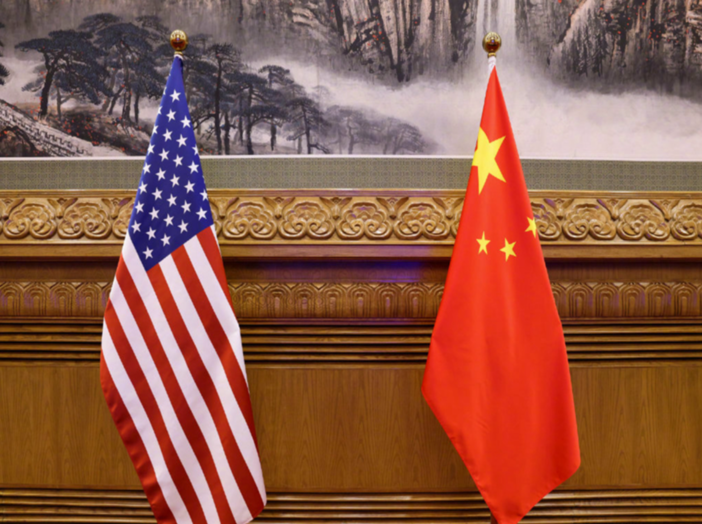
In an era where energy transition lies at the heart of global priorities, the competition between China and the United States over clean energy supply chains is no longer merely about climate - it is a profound contest over technological leadership and strategic geopolitical positioning.
China’s Strategic Blueprint is rooted in its understanding of the techno-industrial structure of international politics. China views manufacturing-led industrialization and technological breakthroughs as core drivers of national prosperity. From the “863 Program” to Made in China 2025, it has continuously pushed for dominance across ten strategic sectors. In foreign policy, China extends infrastructure financing through the Belt and Road Initiative and the Global Development Initiative, while also using strategic outbound investments to expand market reach. For example, BYD acquired a former Ford plant in Brazil to produce electric vehicles, and Goldwind took over GE’s wind turbine factory to support local energy transition. Though these investments often focus on low value-added assembly, they generate employment, infrastructure, and economic activity—earning institutional trust and cooperation from developing countries.
More geopolitically significant is China's large-scale export of photovoltaic modules to the Global South, reshaping the energy landscape in developing nations. In the first nine months of 2024, Pakistan alone installed 17 GW of Chinese solar equipment—ranking third globally. Explosive growth is also seen across the Middle East, South Asia, and Africa. This "export + electrification" model helps countries reduce fossil fuel dependence, ease foreign exchange pressures, and strengthen energy autonomy. The tangible benefits, combined with China’s narrative of "win-win development," have helped it build considerable diplomatic capital in the Global South.
The U.S. Strategic Response, by contrast, is constrained both domestically and internationally. Although the Biden administration has launched domestic revitalization through the Inflation Reduction Act and Infrastructure Investment and Jobs Act, its external strategy remains fragmented and poorly coordinated—making it difficult to mount a systemic counter to China. A report titled Reclaiming Geopolitical Advantage argues that for the U.S. to regain the upper hand in the supply chain contest, it must construct a coordinated industrial-diplomatic framework—covering priority supply chain targets, mechanisms for international cooperation, and market creation tools.
The U.S. must also work with allies to advance mechanisms such as "friendshoring" and the "Minerals Security Partnership", and deepen cooperation through platforms like the Indo-Pacific Economic Framework (IPEF) and the U.S.-EU Trade and Technology Council. Yet most critically, it must offer developing countries an alternative development pathway—distinct from China's, but equally viable—balancing technology transfer, local value creation, and economic sovereignty.
Over the next decade, this clean energy diplomacy contest between China and the U.S. will shape the development trajectories of Global South countries and redefine global governance norms. In this 21st-century geopolitical green competition, the side that can truly translate technological visions into developmental realities may ultimately shape the future world order.
